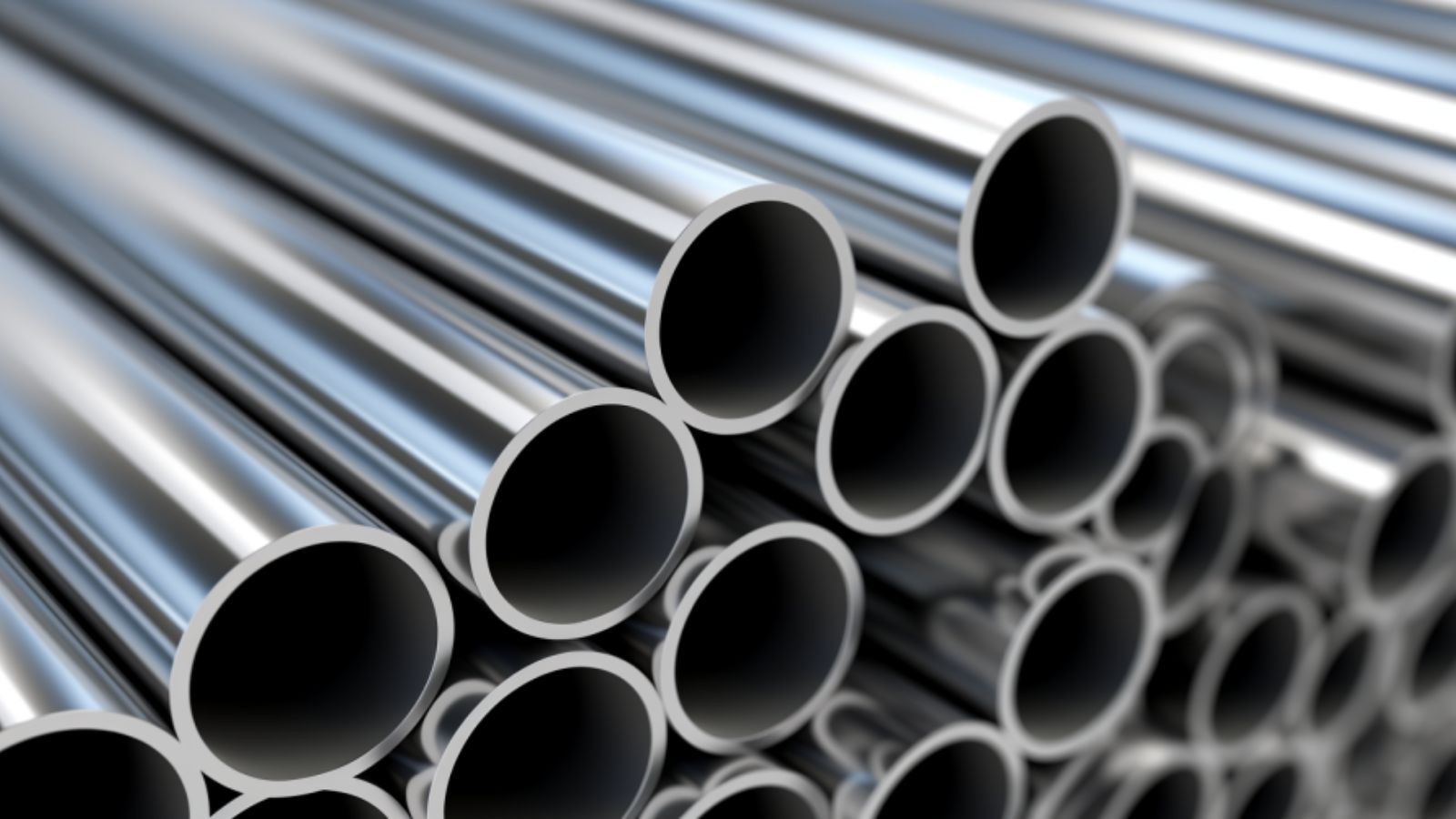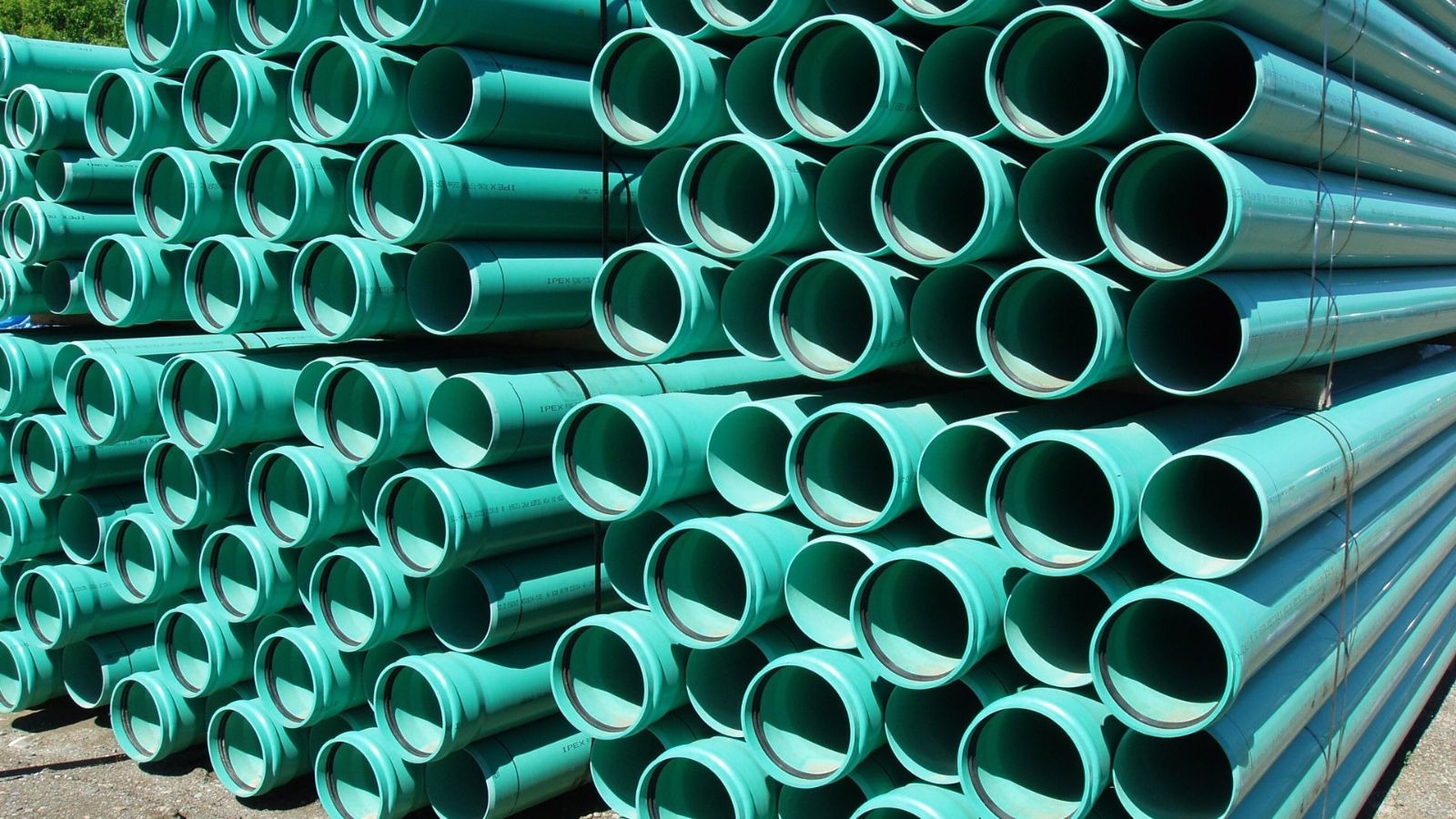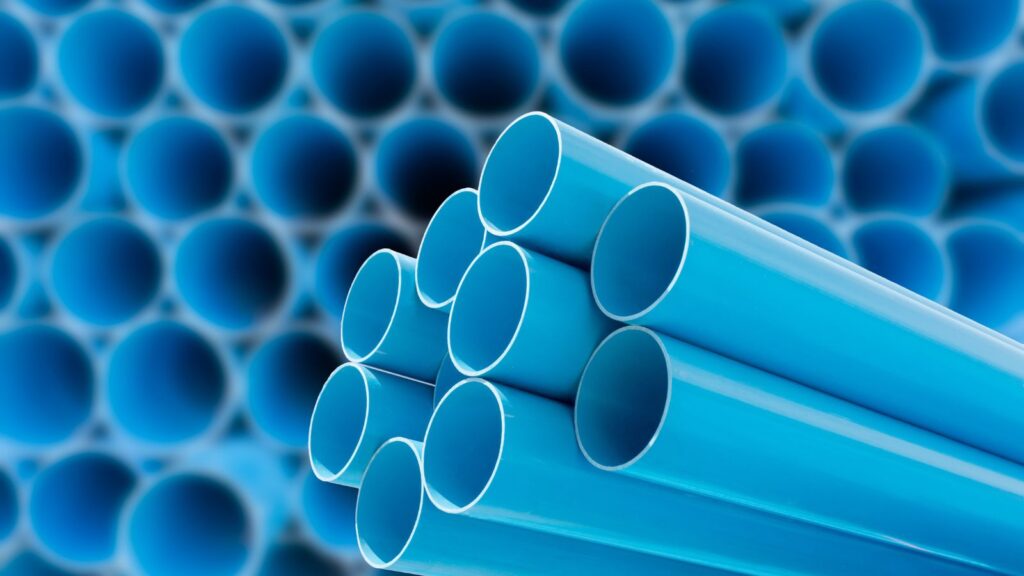Polyvinyl chloride (PVC) is one of the most popular plastic polymers in the world. Commonly used as a piping material, PVCs have a wide range of applications. Numerous industries use the piping material for water service lines, waste handling and control, irrigation, chemical handling, cable insulation, and building infrastructure, among others.
The popularity of PVC pipes in Dubai, the UK, the US, and elsewhere in the world is due to its low break rate, chemical resistance, versatility, and installation ease. Perhaps the more critical aspect of PVC is its cost-effectiveness, which contributes to managing operational costs.
Is PVC Cheaper Than Metal Pipes?
In general, metal pipes are more costly than PVC pipes. It’s not just the material cost of PVCs that makes it cost-effective. Because the plastic polymer is lightweight, labor costs from installation are more affordable than metal.
PVCs are easier to transport and handle, making them more manageable to install for any number of applications, from cable insulation for electrical wiring to a water filtration system. However, metal pipes do serve their purpose and some applications do specify its use, such as compressed air. Compressed air in PVC piping can make the pipe swell and burst at high pressure.
PVC Pipe Relining Sydney involves various operational costs including labor, materials, equipment, and overhead expenses. Labor costs depend on the complexity and extent of the relining project, with skilled technicians charging competitive rates. Materials include high-quality PVC lining materials and epoxy resins, while equipment costs cover specialized lining and curing tools. Overhead expenses encompass transportation, permits, insurance, and administrative costs. Overall, the operational costs can vary significantly based on the project’s size and scope, but a typical range might be several thousand dollars for small to medium-sized relining jobs. For precise budgeting, it’s advisable to get detailed quotes from local service providers.

What Is the Life Expectancy of PVC Pipes?
Industries and contractors recognize the financial benefits of investing in PVCs as their choice of material. Contributing further to its positive impact on operational costs is the longevity of PVCs.
In previous studies, scientists projected the life expectancy of PVCs to 50 years, which they based on a 50-year stress regression data. More recent research, however, has determined that the projection is incorrect. According to a comprehensive report from the Utah University, the expected life service of PVC pipes is closer to 100 years.
The findings are based on several studies, including PVC pressure pipes that were dug up after 30 years, which retained their strength. These pipes were tested, and under normal operating conditions, were determined to likely exceed their 100-year life expectancy.
Another study also found that after 35 years, PVC pipes maintained their ductility and resistance to internal pressure in the same level as new pipes. Even in freezing conditions, PVC pipes still maintained a high degree of resilience after 25 years.
The report further noted how municipalities using PVC piping experienced 30% to 70% lower life cycle costs than municipalities that used metal piping. Companies offering services like Pipe Relining Sydney demonstrate how modern rehabilitation techniques can further extend the life of existing infrastructure without the need for full pipe replacement.
Naturally, all of these impressive results are contingent on the design and installation of the pipes.
With such a lengthy life service, businesses need not worry about costly replacements or repairs, and even more worrisome, the cost of downtime to operations. The material that has a long life at a low cost is considerably more affordable, making it the smart investment choice for industries.

The Economic Benefits of PVC Pipes for Businesses
PVCs deliver unmatched performance and savings for any business. Yes, the plastic polymer material is affordable from the outset, allowing large-scale projects to manage construction costs. Yes, it lasts for about a hundred years, provided the pipe design and installation are done according to standards.
These piping materials are also corrosion-resistant, which is a key contributor to managing operational costs, particularly for utility companies. A comprehensive study of water main breaks in the US has uncovered that 75% of water utilities experienced break rates that were attributable to corrosion.
The water utilities used iron pipes and had corrosive soil conditions. The corrosion and water pipe failures, according to the study, happened between 21 to 40 years after their installation. When water mains burst, communities can expect the inconvenience of repairs and utility companies will likely spend a substantial amount.
In comparison to iron, steel, and concrete, PVC pipes showed the lowest break rate.
For industries that handle chemicals, hazardous materials, pesticides and fertilizers, and waste, the corrosion resistance of PVCs is highly beneficial.
PVCs are also resistant to rust or scaling, which means degradation is low. There is not as much need to check on the polymer plastic piping material, so maintenance costs are reduced.
PVC pipes are also increasingly relevant in smart home solutions, where efficient plumbing systems are integral to the infrastructure. Whether for water conservation systems, automated irrigation, or leak-detection integration, PVC’s reliability and durability help make these technologies more effective and sustainable.
Industry Standards, Certified Safe
The exceptional performance of PVC pipes allows industries to run facilities smoothly without worrying about the ongoing costs.
Although PVCs demonstrate unmatched performance and lengthy service life, they still need to meet industry standards.
Safety standards and certifications ensure that PVC pipes maintain their integrity over time and under varying conditions. These also seek to protect consumers from hazards that stem from leaks, structural failures, and contamination.
What are these standards?
- The National Safety Foundation or NSF International certifies PVCs for potable water use. It developed the NSF/ANSI/CAN 61 and NSF/ANSI 14 standards. The former looks at the components of drinking water systems and the latter looks at the components for plastic piping systems. NSF certification ensures that the piping systems do not leach harmful contaminants into drinking water, keeping consumers safe.
- The Uniform Plumbing Code or UPC Certification from the International Association of Plumbing and Mechanical Officials (IAPMO) safeguards PVC pipes compliance with plumbing codes and standards. Construction companies, real estate businesses, and agencies doing renovations need to secure this certification because it’s essential for meeting building compliance codes.
- The International Organization for Standardization (ISO) is the global standard for PVCs through ISO 1452 and ISO 4427. ISO 1452 looks at specifications in piping systems for water supply and ISO 4427 covers polyethylene pipes for water supply.
PVC pipes undergo rigorous testing during manufacturing to guarantee the integrity of the material, and secure the necessary certifications. Manufacturers do materials and performance testing, verifying chemical resistance and UV radiation, and long-term durability and safety, among other assessments. The tests also put PVCs through environmental stressors, temperature variations, and mechanical stresses.
PVCs: A Wise Investment
PVCs are a popular choice for many industries and a range of applications. With the numerous benefits it delivers, businesses are making the right choice to go with plastic polymer as piping material.
Because of its affordability and reliability, PVC pipes can reduce operational costs. As long as the pipes are designed well and installed correctly, they will contribute to the bottom line for decades to come.


More Stories
How Material Innovation Is Influencing Contemporary Design Objects
How Automation and Smart Tools Are Transforming Architectural Practice
Why Turnkey Sweepstakes Software Is Catching On Fast